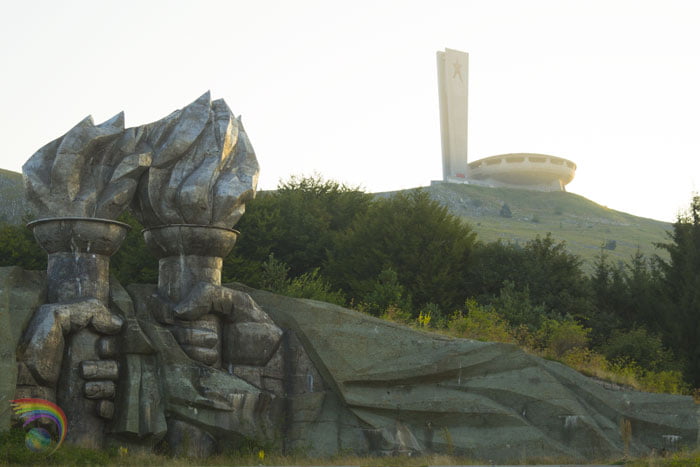Pythagoreans The Hearth of the Universe
The Pythagoreans introduced a groundbreaking non-geocentric system driven by moral and religious convictions. They envisioned the divine, symbolically known as the “Hearth of the Universe” or “Throne of Zeus,” at the center of a finite, spherical universe (Aristot. de. caelo B13, 293a-b30). The sun was conceptualized as a glass sphere (Aetius 20.12) reflecting the divine hearth-light. To maintain the harmony of ten planetary spheres, they postulated a counter-earth, the “antichthon Harmonia,” along with the visible planets, earth, moon, sun, and heavenly sphere containing the stars (Aetius 2.7.7, Aristot. Met. A5,986a1). This intricate system reflected the Pythagoreans’ fascination with number, harmony, and music, culminating in the idea of concentric celestial orbits and “the music of the spheres.”
The Socratics and beyond A Geocentric System
The atomists Leucippus and Democritus refined earlier views of space, proposing a drum-shaped earth, atomistic condensation, and centrifugal force (Diog, Laert. 9.30ff). However, Plato, Aristotle, and Eudoxis of Knidos later embraced Pythagorean concepts, advocating a geocentric system, celestial harmony, and concentric spheres. Plato’s Timaeus 37dff and Aristotle’s De Caelo 2,289a 11-291b 23 articulate their astronomical views. The mathematician Eudoxis mathematically described concentric spheres, building on earlier Pythagorean assumptions (Aristot. Met. 1073b 17-1074 a 15).
As subsequent astronomers and philosophers refined the geocentric model, emphasizing harmony and divine order, mathematicians employed geometry to articulate the intricacies of the heavens. Three-dimensional moving systems were developed to address observed inconsistencies Personal Istanbul Tours. Despite its aesthetic appeal and explanatory power, this geocentric model persisted for centuries, with people reluctant to abandon their “divinely subsidized” universe, reminiscent of the Greeks’ attachment to their myth-cycle despite philosophical challenges.








